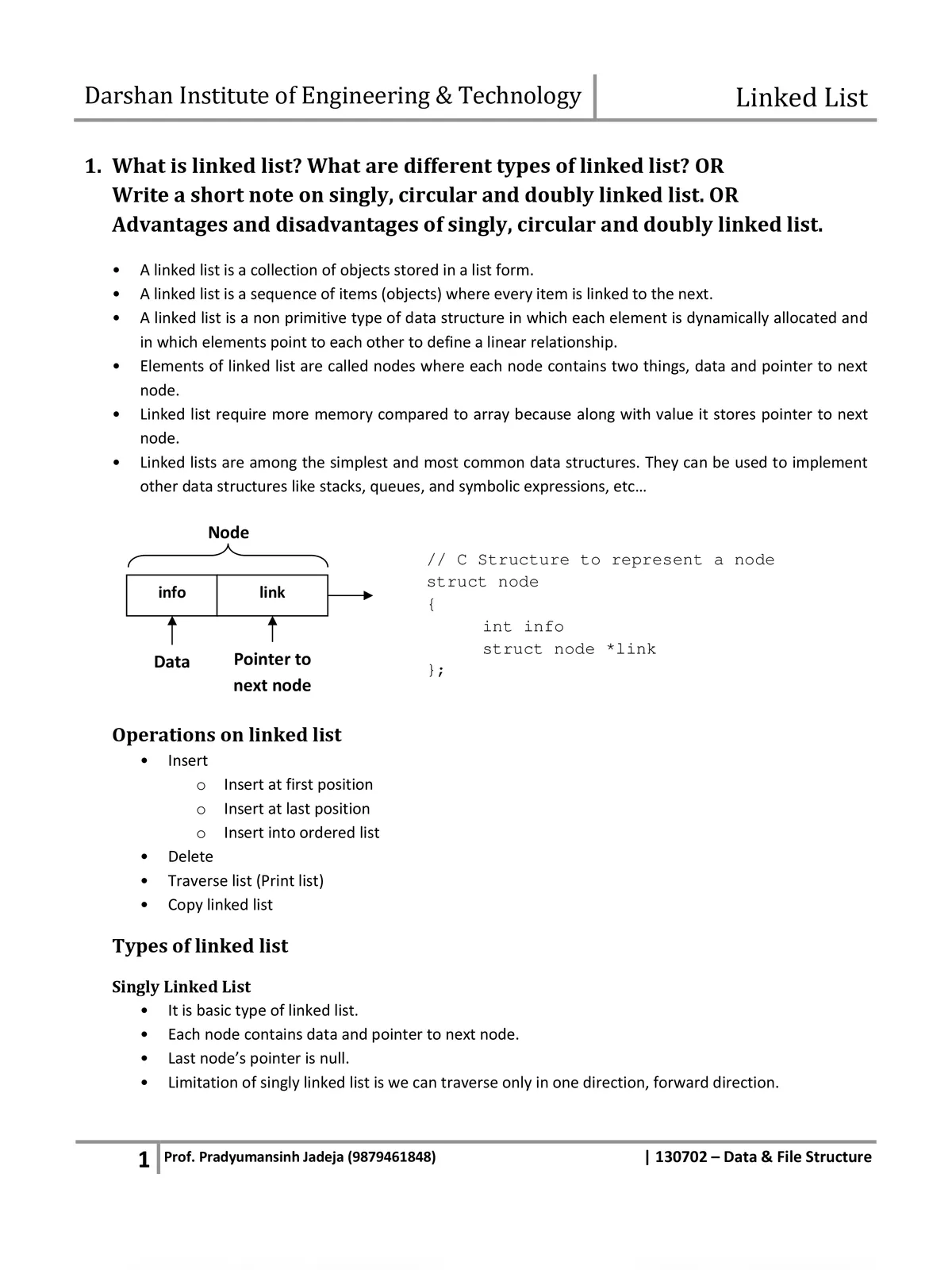Linked List in Data Structure Guide 2025 - Summary
Linked List in Data Structure is a basic idea in computer science that helps you handle data easily. A linked list is a linear data structure where elements are kept in separate memory spots connected by pointers, making it easy to work with the data. Knowing about linked lists is important for students and professionals working with data structures.
Types of Linked Lists in Data Structure
- Simple Linked List Items can be moved only forward.
- Doubly Linked List Items can be moved forward and backward.
- Circular Linked List The last item links back to the first, forming a circle.
Main Operations on Linked Lists
Knowing the basic operations is important to use a linked list well:
- Insertion Adding a new node at the start or any position.
- Deletion Removing a node from the list based on position or value.
- Display Showing all the nodes in the list.
- Search Finding a node using a specific key or value.
Main Benefits of Linked List in Data Structure
Linked lists have several useful points that make them popular:
- Dynamic Size The size of the linked list can grow or reduce while the program runs.
- Easy to Modify Adding or removing nodes is simple without shifting other elements.
- Flexible Data Storage Can store different data types, including complex user-defined objects.
Challenges with Linked Lists
Despite their advantages, linked lists have some limitations:
- No Direct Access You have to access elements one by one, starting from the first node.
- Slower Search Searching is done one step at a time and can’t use faster methods like binary search.
- Extra Memory Use Pointers need additional memory for each node.
- More Complex Implementation Compared to arrays, setting up linked lists can be more difficult.
Download Linked List in Data Structure PDF for 2025
Get the latest 2025 Linked List in Data Structure PDF to improve your understanding and prepare well. This downloadable PDF explains all concepts clearly and will be a useful guide for students and developers alike.
